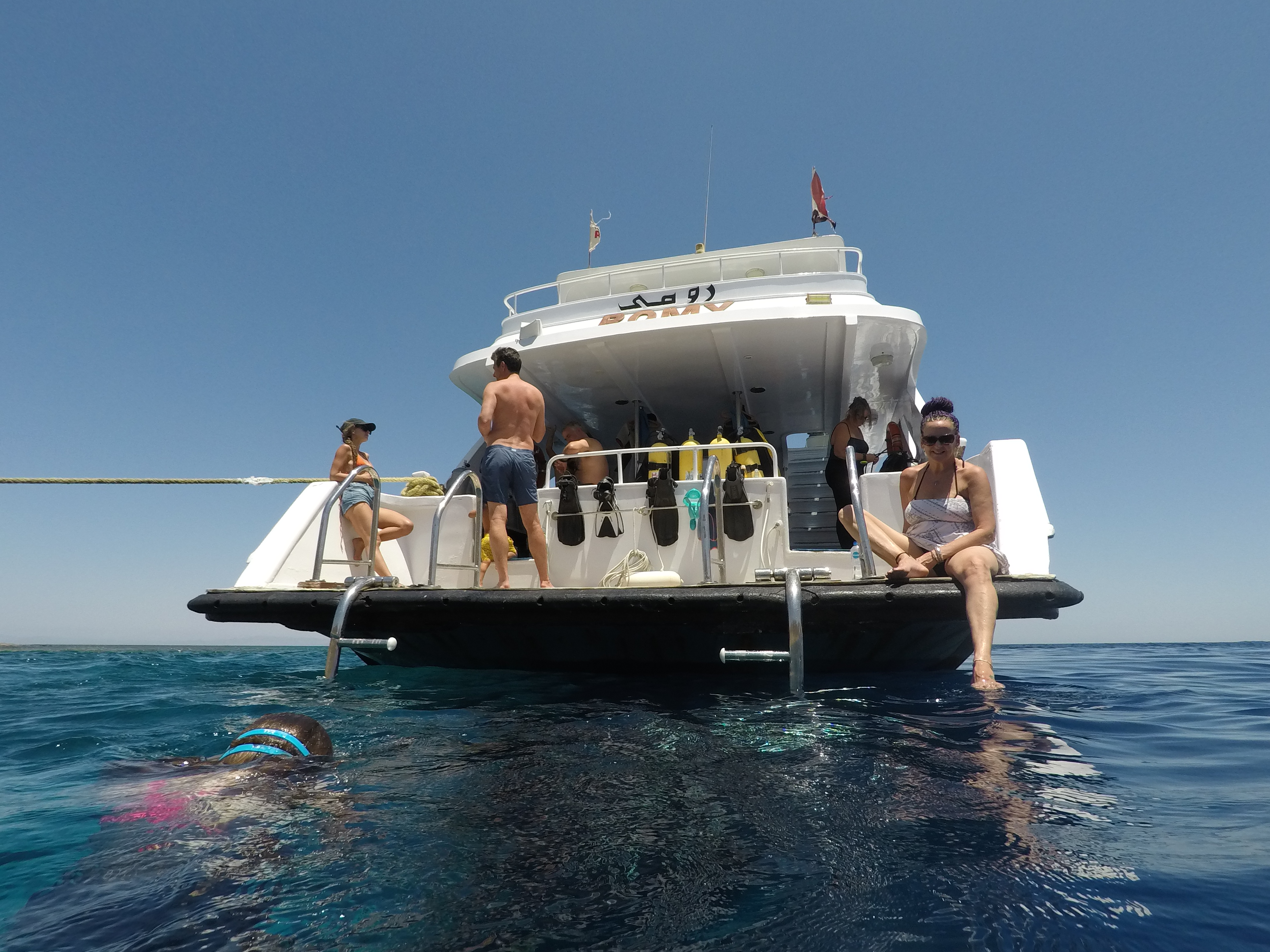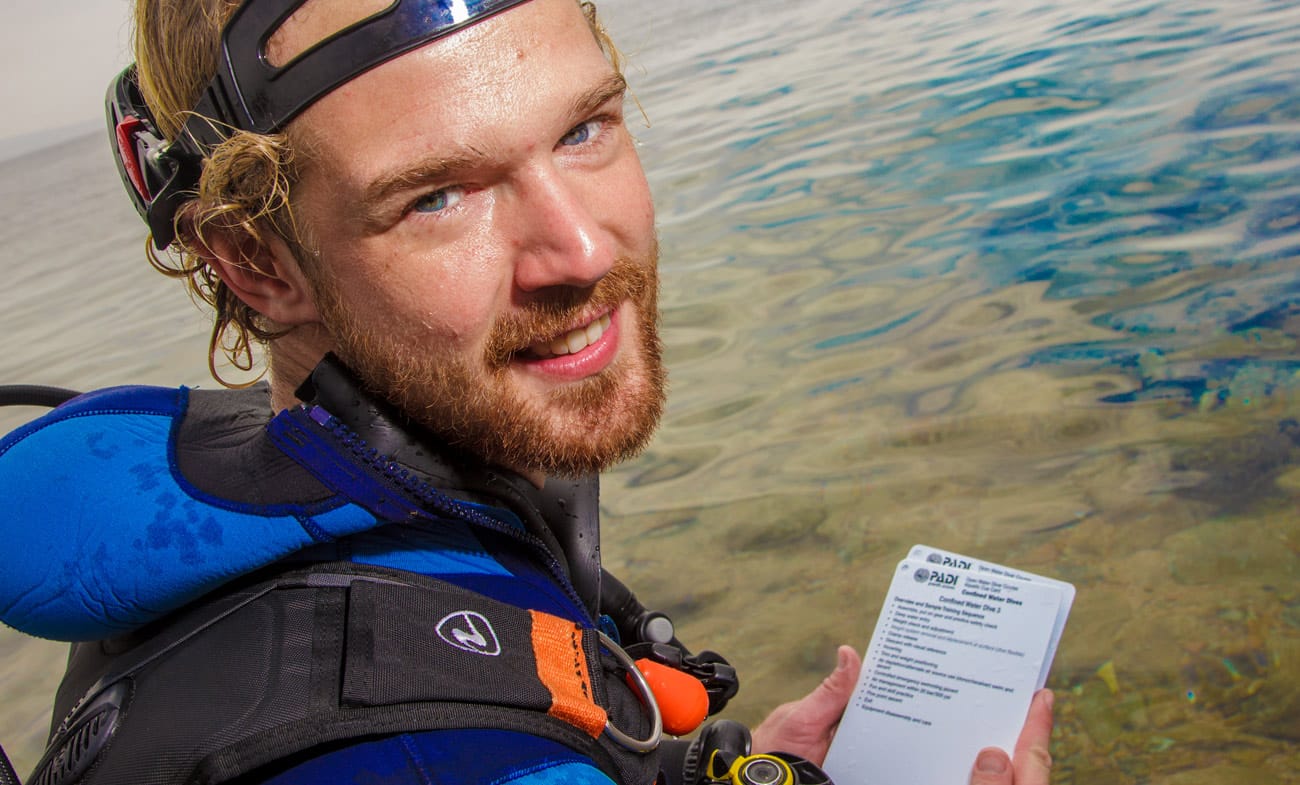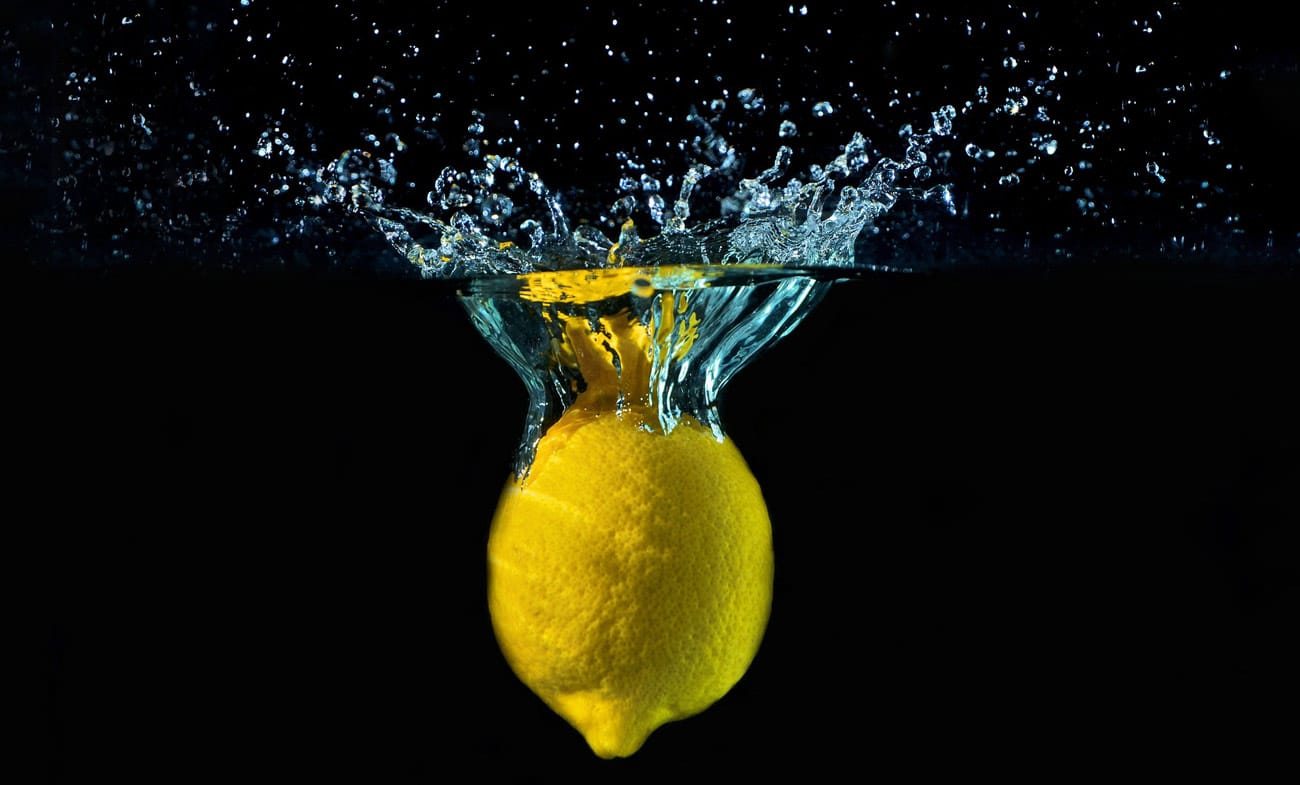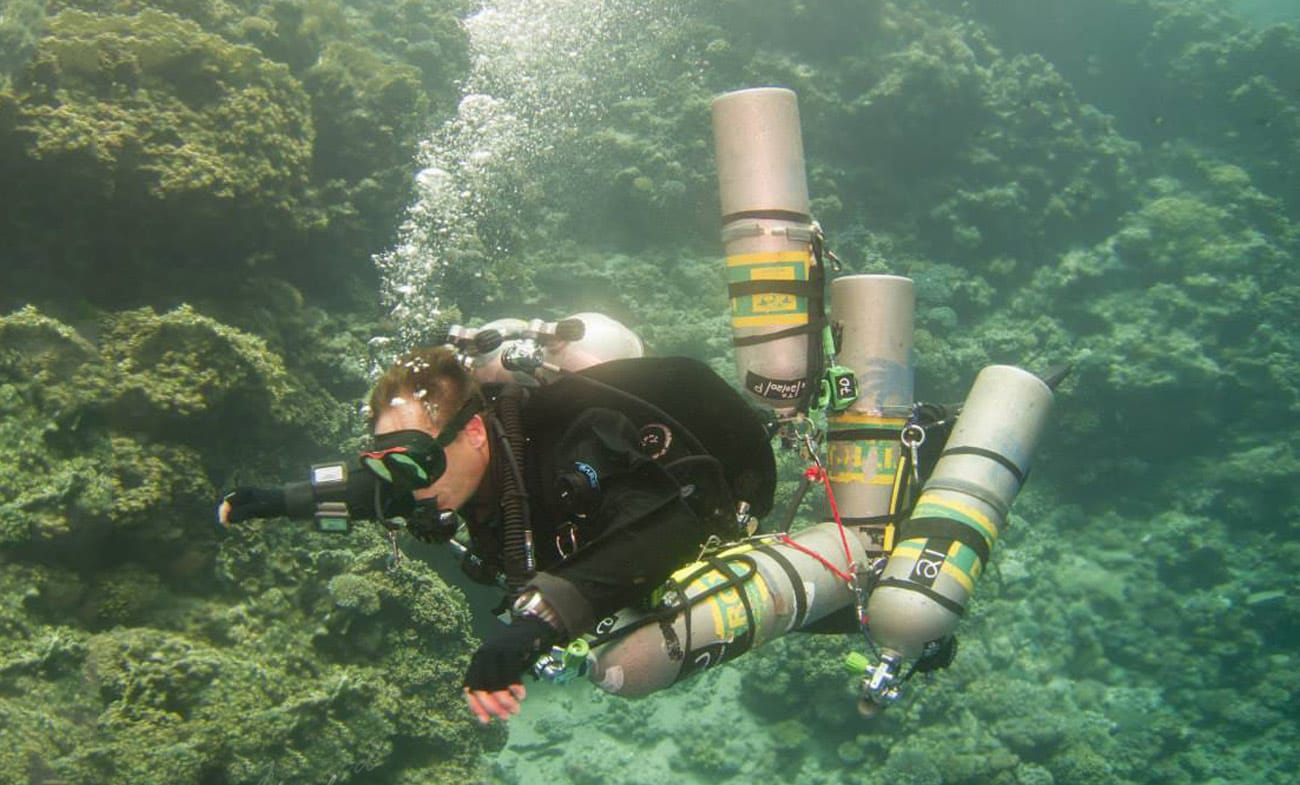
Compensating for something with all those tanks?
DIVE TIPS: AIR CONSUMPTION
The majority of out of gas situations are due to inadequate gas management skills as opposed to equipment malfunction.
Far too many times, I have seen divers come out from a dive and not have a clue how much air they have left. They rely too much on the guide to ask when they have x amount of bar so they can turn around or start the safety stop. But during the rest of the dive, the diver doesn’t check their air unless prompted. The new PADI Open Water course has been modified and they now focus a lot on making the new diver more independent and in control of their own gas. In most of the training dives, one skill is to know your air within 20bar when your instructor asks you, but you aren’t allowed to check first. The theory is that you should know how much air you have at any given time.
If you are ever out of gas on a recreational dive, your best option is to signal your buddy, move on to their octopus and ascend in a controlled manner.
You do need to end the dive at this point, as if you carry on the dive and in the unlikely event that your buddy runs out of air, you’re up the proverbial creek without a paddle. If your buddy is too far away, you can always make a controlled emergency ascent (aka CESA) which you would have learnt how to do in your PADI Open Water course. Worst case scenario, you could remove your weight system, thus resulting in a rapid, uncontrolled ascent. You ascended too quickly which could be a decompression issue however at least you’re at the surface with all the air.
Like most things in diving, there’s a really simple way to avoid out of gas situations…
Check your air gauge on the dive frequently! I liken it to a petrol gauge on your car, and how many times have you run out of petrol?! You generally start the dive with 200bar and the needle steadily decreases until it hits 50bar where it will go into the red/orange zone. This, similar to the warning light on your dashboard when you’re low on petrol – simply means that you need to start your ascent, like you would need to drive to the nearest petrol station.
After a dive are you feeling bad because you’re the lowest one on gas?
Firstly, there’s no need to feel bad – we’ve all been there. But what is going on with the other divers? Stealing your octopus? Do they have a 007-like spare air tucked away? Your personal dive length depends on a few things:
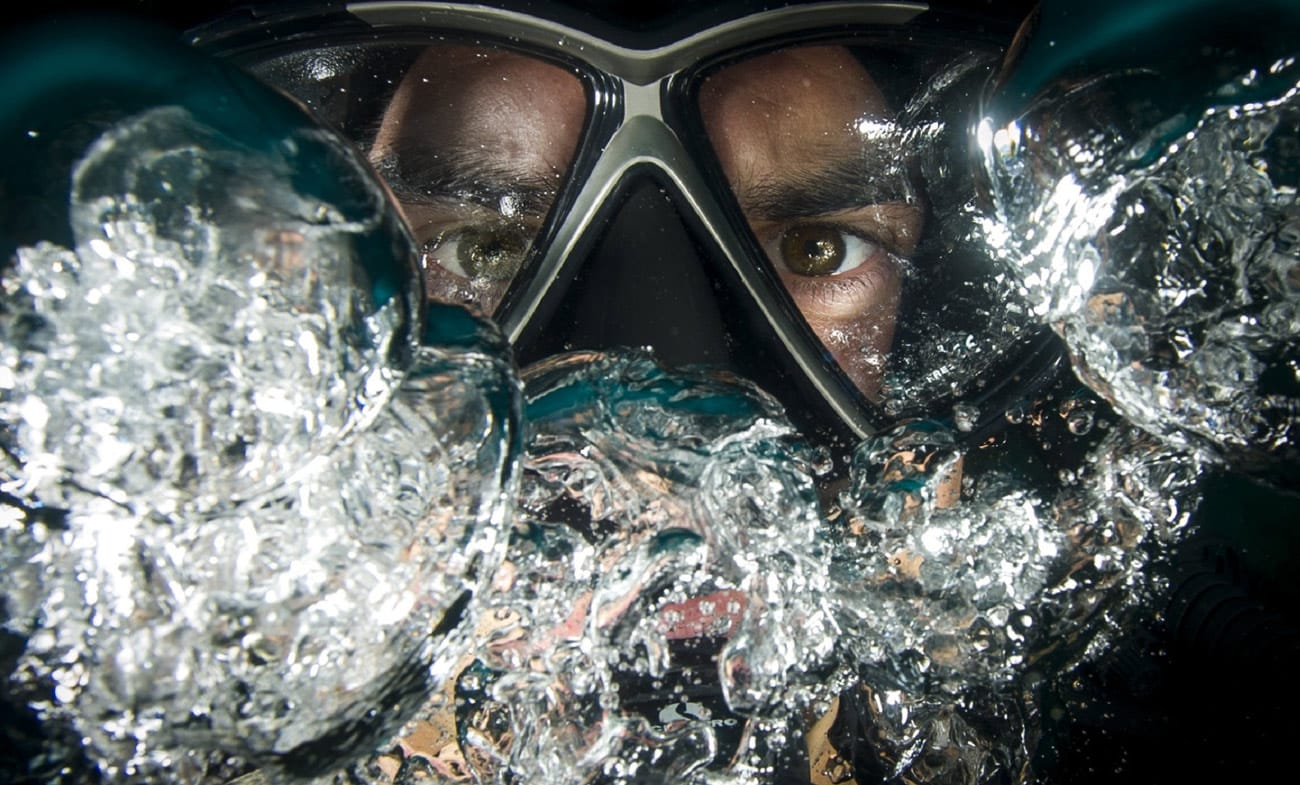
1. How much you breathe generally
You can calculate this based off your Surface Air Consumption rate, or SAC rate. It’s fairly simple to calculate once you have the required information: If you have a computer it will tell you the average depth you’ve been at. You need this, plus the total dive time and the exact amount of gas you used. Or, you can use a portion of the dive; for example dive at 10m for 10minutes and know you gas at the beginning of the 10minutes and at the end.
First, take the amount of gas you used and divide that by the total number of minutes. This answer will tell you your gas consumption per minute. Then, take the number and times it by the average depth pressure you were at. For example if it’s 10m then you’ll need to add 1 for the surface pressure. Last, divide you gas consumed with the pressure at depth to calculate your consumption per minute tailored for the depth.
Air consumed during dive / dive time / total pressure at depth of dive = SAC per minute
So, as an example, we’ve done a dive to 20m for 20 minutes, consuming 80 bars of gas. So the calculation would be:
80 bars / 20 minutes / 2 = 2 bars per minute
2. The more you move around, the more gas you consume, simple
If you’re one of those divers likes swimming around like you are Speedy Gonzales then don’t be surprised if you’re coming up from the dive after 20minutes. Your muscles need oxygen to function, so the more you move your muscles the more oxygen they need therefore the more you need to breathe. As water is denser (thicker) than air – some 800 times denser, any movement can be a relative strain. Think about walking waist deep in water, how slowly you have to go due to the force acting against you. So when you’re diving, turn around slowly and using the smallest of body movements to do so. People often say to me “you hardly move in the water” followed by “why do you have double the amount of air I have after the dive” well the two have a direct correlation. It’s all slow, slow, slowwwww movements.
3. Fin kicking
Fin kicking is essential to this too, do try and practice the frog kick if you already don’t. It may seem more difficult, and it probably is at first. But I promise you once you get comfortable with it you will notice a difference. It makes you more streamlined, you use less energy and therefore your air consumption will decrease. When I revert back to the flutter kick I am rather tired after a small amount of time doing it.
4. You need to think of your lungs as an internal BCD
As much as diving agencies tell us to “never hold your breath and breathe slowly and deeply” some people take that a little too far – breathing like you’d just done a marathon. You’d be surprised as to how much a deep breath can fill up a BCD when you blow in to it. So think, if you keep breathing like that you’re essentially inflating then deflating your BCD every few seconds. Number one that’s very hard to control your body position and secondly you will over-breathe which only leads to exhaustion. Breathe like you’re breathing now, that’s all. On that note, if you need to rise slightly then of course, instead of using your inflator button, you can use your breathing technique. This also helps reduce air consumption.
5. Be relax before the dive
The entries are generally very calm here in Dahab. Take a breath, relax and ensure you’re all good to go before the dive. We won’t take you anywhere you aren’t capable of going.
6. how deep you are
As much as all of this makes a difference, it’s still all dependant on how deep you are. Pressure and volume are inversely related and this means that the more the pressure increases (when you go down) the more your volume of gas decreases. As you will learn, or already have learnt from your beginner scuba diving course if you take a balloon from the surface to 10m, the pressure will double from 1bar to 2bars. However, the volume of the balloon shrinks and goes down by half. So the deeper you are, the more gas you will go through. Here endeth the lesson.



